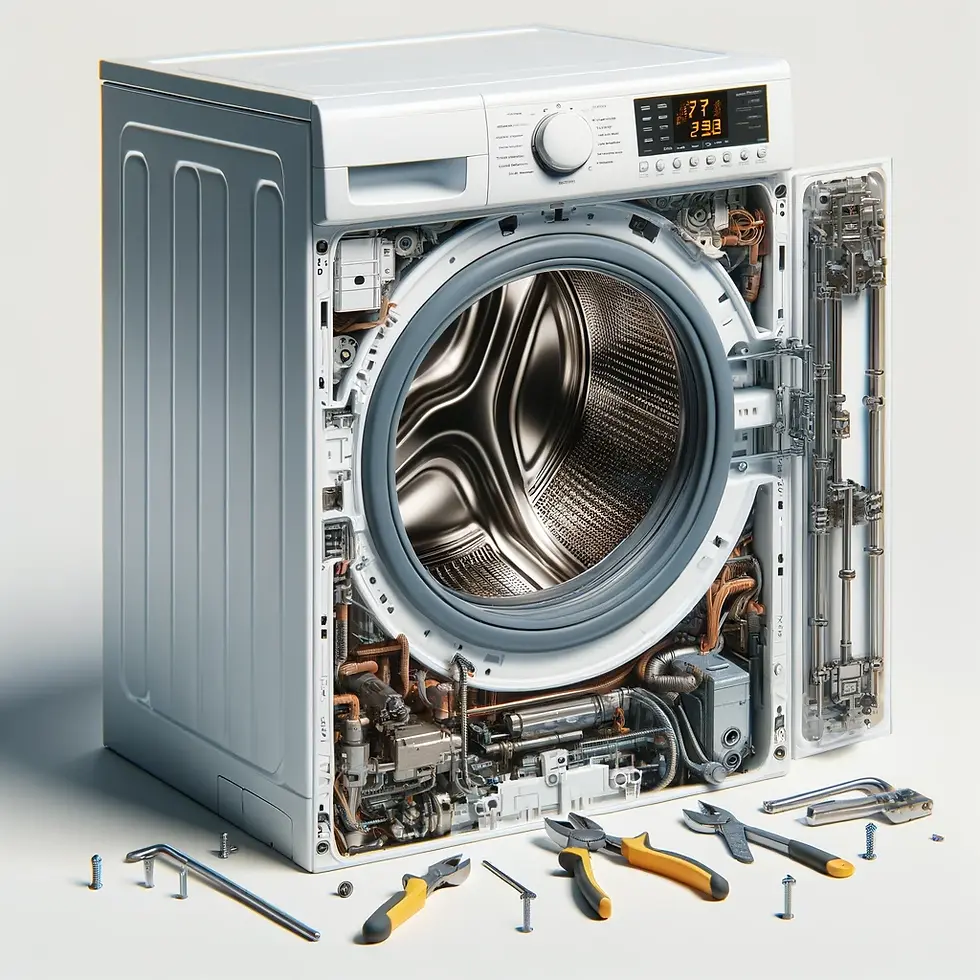On Washing Machines and Martial Arts - a True Story about Product Management, and a Lesson for Life
- Reuven Sherwin

- May 19, 2024
- 3 min read
Updated: May 20, 2024
The other day, my mother's washing machine broke.

My mom called the technician, who humbly told her:
"Ma'am, I can't fix this washing machine. It requires a spare part the company no longer manufactures. You must realize this machine is older than I am... It is 47 (yes - forty seven) years old. We only manufacture spare part for 17 (seventeen) years after we place a model in the market."
Long story short, my mom shopped for a new washing machine, and all is well again.
I find this story has two fascinating facts.
The washing machine served my family well for 47 years. I don't think I am aware of any other product that worked for such a long time.
The company manufactures replacement parts for 17 years after placing the product in the market.
(* And if your'e wondering, the manufacturer of said washing machine was Siemens.)
Nearly 50 years ago, as Siemens was releasing this washing machine to the market, they had to make a decision - for how long do they keep production lines open, in case some customer will require a spare part...
I can imagine the meeting taking place, some people arguing for a shorter support period, and others explaining why a longer support period is required, and eventually they settled on a magic number - 17 years.
This was a not a theoretical number - this meant they would need to keep production lines open, and the production machines working, and the employees trained on these machines, and keeping some amount of spare parts in stock, and having another amount of spare parts for the machines that produce the spare parts, and stocking material to run the machines, and...
A non-trivial number. 17. Years. With many real-world implications. As part of their services. As part of their planning. As part of their realization of what makes a great product.
Hint: what makes a great product - is not only the product. It as also the service. Also the planning for the day after the release. The whole product ecosystem.
Many times product teams invest so much in planning Version 1 of their product and hardly leave any energy, brain power and resources to what happens after they place Version 1 in the market.
Support, Bug Fixes, Missing Features. Marketing. Interacting with Users. Learning Lessons. Implementing Conclusions and Lessons Learned.
All of these are (often) "forgotten" in the excitement of planning and releasing Version 1.
And we must remember - releasing a good product is only the first step.
Any product (and product team) worthy of itself must plan for the following versions.
You must realize the milestone you reached, as significant as it may be - is just a stepping stone to the next mile along the way.
Every Milestone is a Stepping Stone along The Way.

Those of you who have read my previous post – "Sometimes, your best is not good enough. Now what?" – are already aware of my fascination with martial arts, and efforts practitioners invest in the day-to-day practice, and in the promotion ("belts") system.
Many practitioners are so focused on their next promotion, and super-laser-focused on their black belt promotion (which in turn reminds me of the focus on Version 1...) – they forget the goal is part of the journey.
Those who think a Black Belt is the End of the Way – won’t earn the Black Belt and won’t understand The Way
In less than a month, my friends from the MABE program at Reichman U will be graduating and receiving their Master's Diploma in Behavioral Economics.
For them, with love and appreciation, let me adapt slightly:
Those who think a Diploma is the End of the Way, won't earn the Diploma, and won't understand The Way.


![[Nov'21] ToDo: Masters in Behavioral Economics? [Jan'24] Done!](https://static.wixstatic.com/media/20c783_b82aff099cc94530832dcab1839f43b1~mv2.png/v1/fill/w_980,h_980,al_c,q_90,usm_0.66_1.00_0.01,enc_avif,quality_auto/20c783_b82aff099cc94530832dcab1839f43b1~mv2.png)
Comments